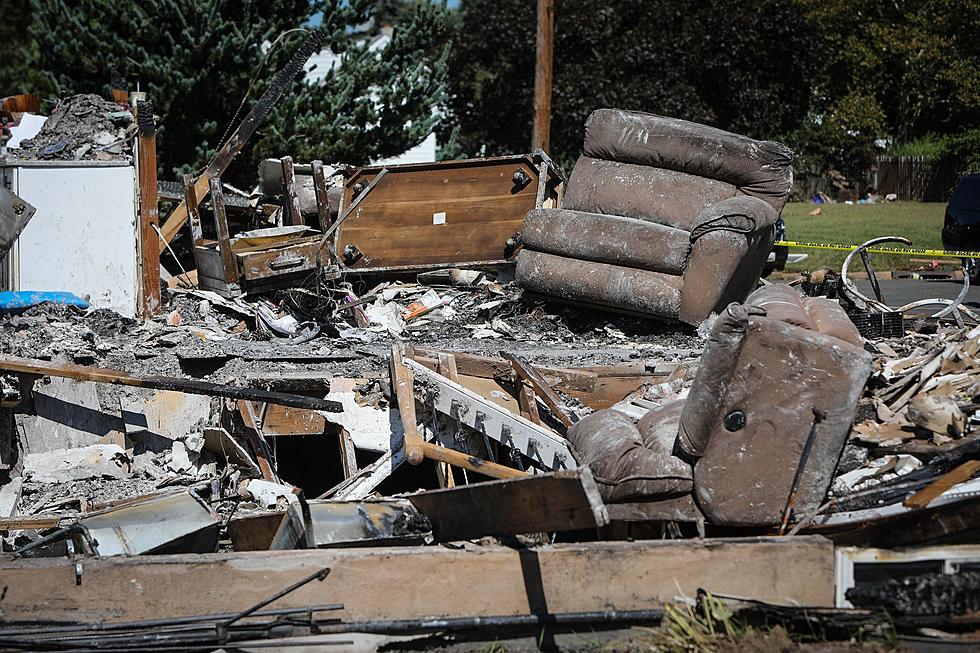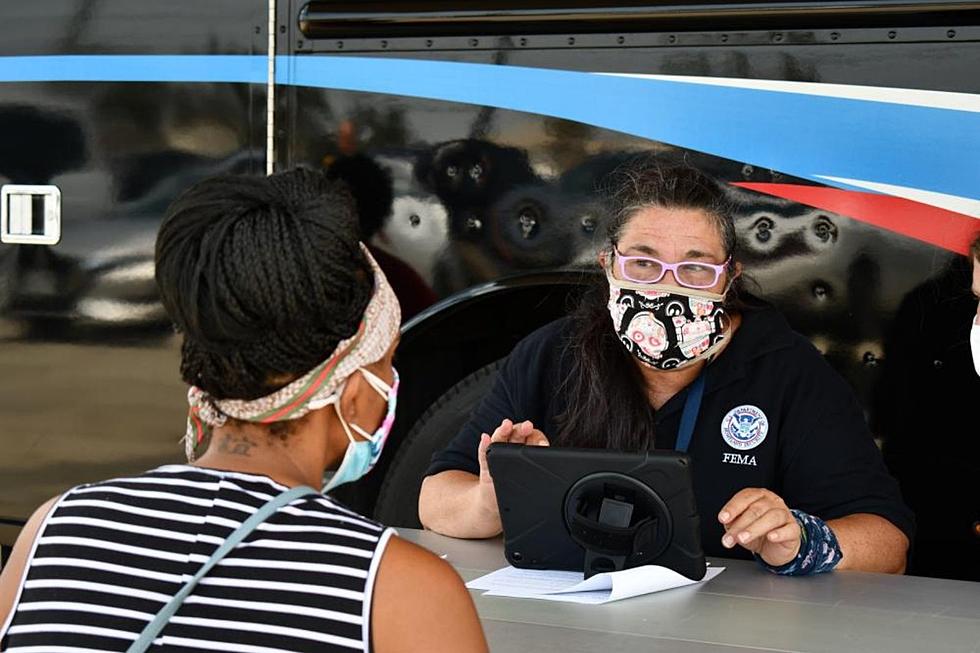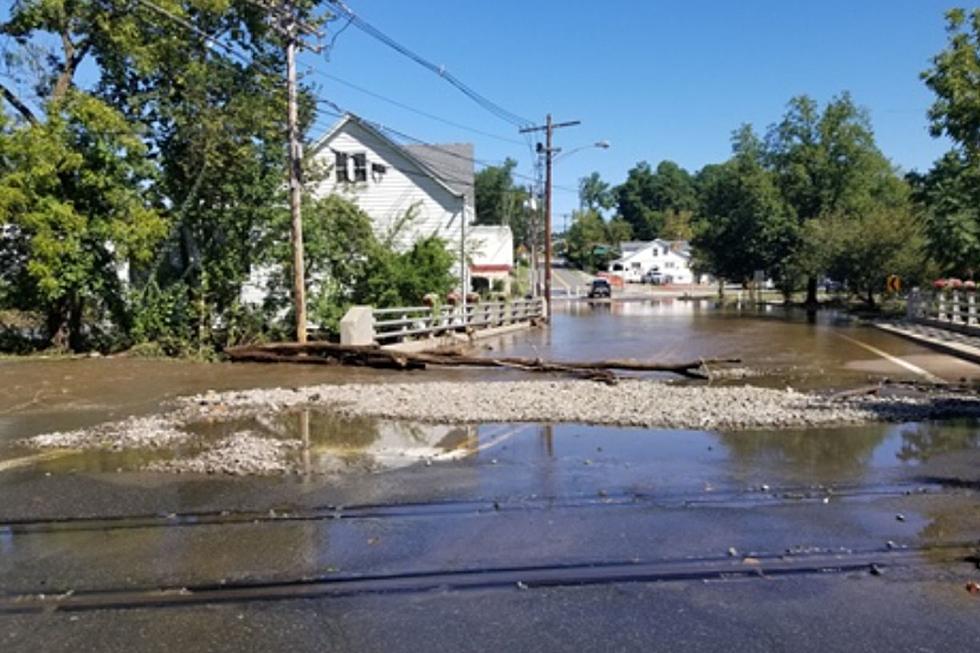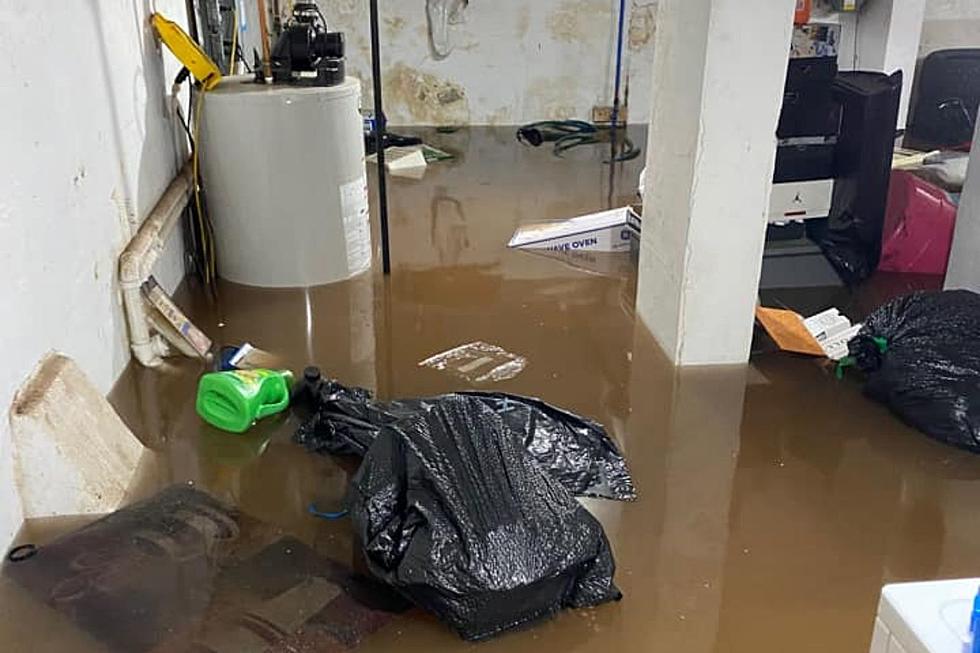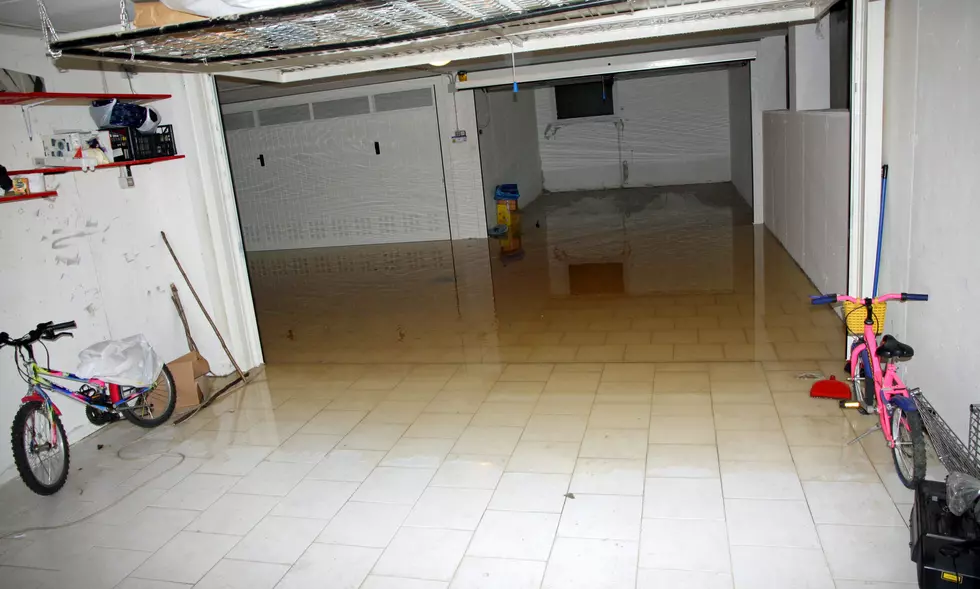
Check your ‘Flood Factor’ — Risk for every NJ property
More than 385,000 homes and properties in New Jersey are considered to have a substantial risk of flooding currently, and another 65,000 will join this group over the next 30 years, according to interactive flood maps released Monday by First Street Foundation.
Based on decades of peer-reviewed research, the nonprofit research and technology group assigned every property in the U.S. a score from 1 to 10, given its cumulative risk of flooding over the course of a 30-year mortgage. Head here to check out the risk at your address or another property.
In comparison to flood insurance rate maps from the Federal Emergency Management Agency (FEMA), the Foundation's analysis identifies 8,100 fewer New Jersey properties at substantial risk in 2020 due to differences in the models used. The Foundation also includes areas that FEMA has not mapped.
Homes classified as having a substantial risk are at a 1% or greater risk of a 1-in-100-year flooding event on an annual basis. The risk intensifies each year one lives in that home.
"That means it's very likely over a 30-year period that you'll see a very big flood event to that property parcel," said Matthew Eby, executive director of First Street Foundation. "You definitely want to take that seriously. You want to think about what adaptation you can put in place. You want to see if you have flood insurance in place."
Since the year 2000, 588,700 home and property owners have made flood damage claims through FEMA, the report noted, citing FEMA data. Most claims came out of Ocean, Monmouth, Middlesex, Union and Essex counties.
More than 13% of New Jersey properties are expected to be at substantial risk in the year 2050. Measures involved in future calculations include sea-level rise and changing precipitation patterns, among others.
There are more than 617,000 homes and properties in New Jersey facing any risk of flooding over the next 30 years, according to the report.
"Ocean City has the most properties at risk, and primarily that's driven by the fact that it's one of the more densely populated areas," said Jeremy Porter, the Foundation's director of research and development.
Wildwood, though, hosts the greatest proportion of properties at risk (98%). The risk over 30 years is expected to grow the greatest in Bradley Beach.
More from New Jersey 101.5:
Dust from the Sahara Desert heading for NJ
Contact reporter Dino Flammia at dino.flammia@townsquaremedia.com.
More From New Jersey 101.5 FM


